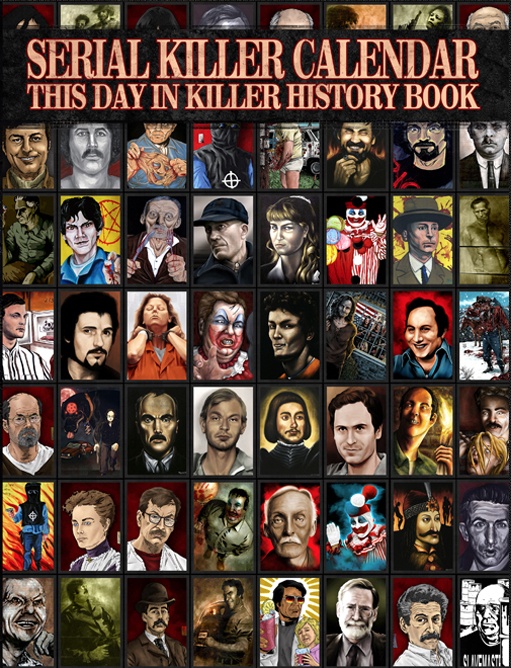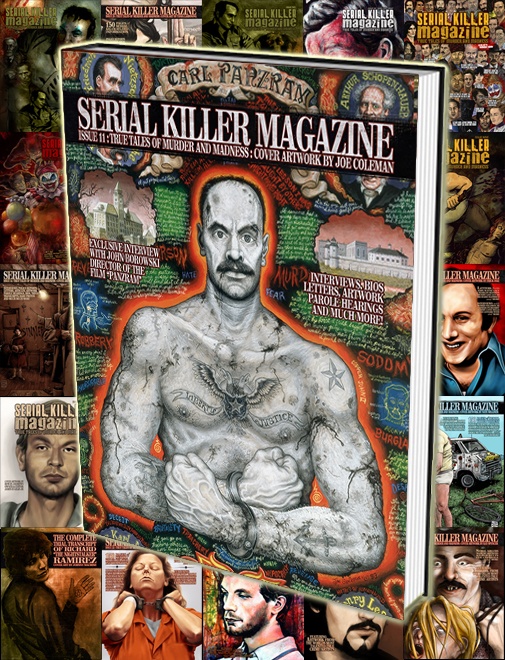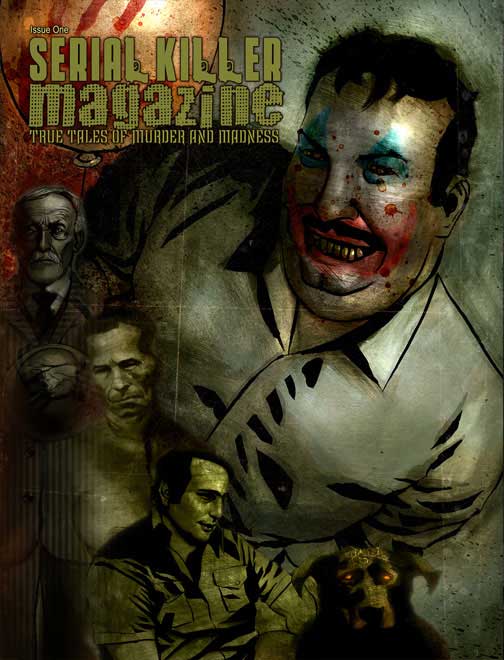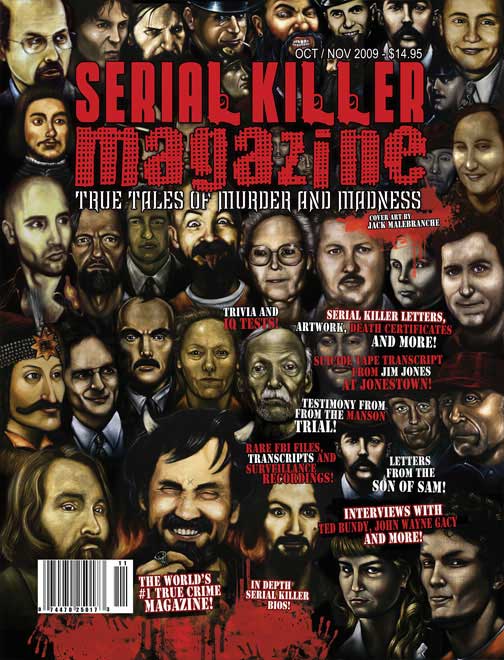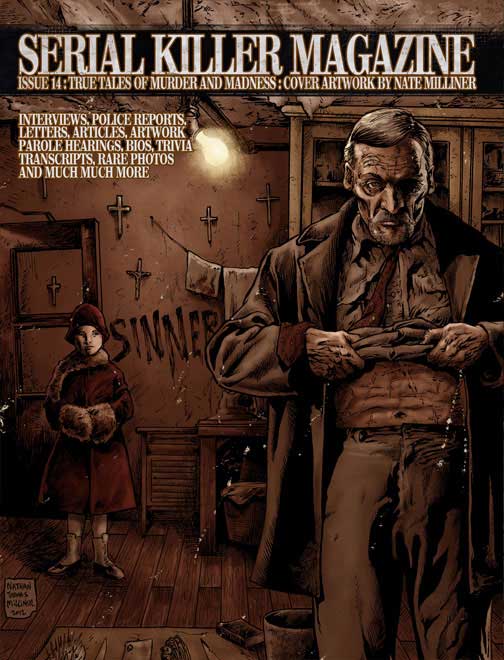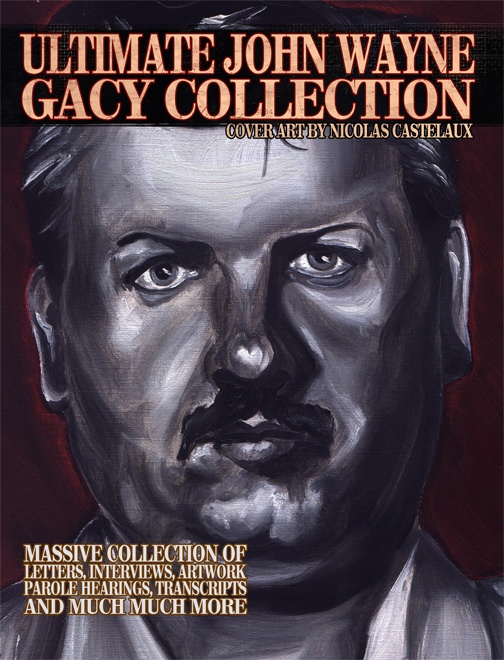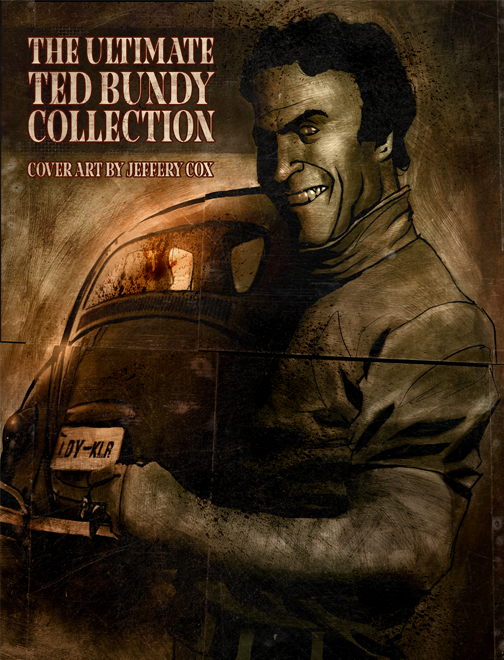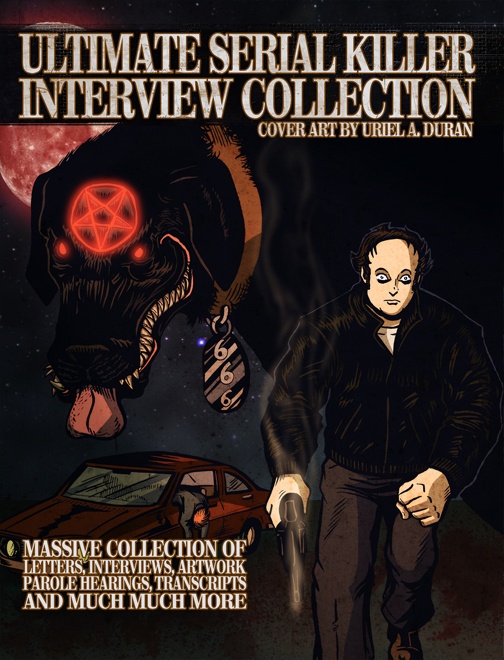LYNCHING
Lynching is a form of violence, usually execution, conceived of by its perpetrators as extrajudicial punishment for offenders or as a terrorist method of enforcing social domination[citation needed]. It is characterized by a summary procedure ignoring, bypassing, or even contrary to, the strict forms of law, notably judicial execution. Victims of lynching have generally been members of groups marginalized or vilified by society. The practice is age-old; stoning, for example, is believed to have started long before lapidation was adopted as a judicial form of execution.
"Lynch law" is frequently prevalent in sparsely settled or frontier districts, where government is weak and officers of the law too few and too powerless to preserve order. The practice has been common in periods of threatened anarchy. In the early twentieth century it was also found significantly in Russia and south-eastern Europe, but especially and almost peculiarly in America.
Lynching is sometimes justified by its supporters as the administration of justice (in a social-moral sense, not in law) without the delays and inefficiencies inherent to the legal system; in this way it echoes the Reign of Terror during the French Revolution, which was justified by the claim, "Terror is nothing other than prompt, severe, inflexible justice."
Etymology
The word "lynching" is recorded in English since 1835, as a verb derived from the earlier expression Lynch law (known since 1811). This phrase is likely named after the Lynch family (see below), whose surname derives either from Old English hlinc "hill" or from Irish Loingseach "sailor".
The most likely eponym for the concept of Lynch law as summary justice is William Lynch, the author of "Lynch's Law", an agreement with the Virginia General Assembly (Virginian state legislature) on September 22, 1782, which allowed Lynch to pursue and punish criminals in Pittsylvania County, without due process of law, because legal proceedings were in practical terms impossible in the area due to the lack of adequate provision of courts.
Others believe the term came into use only with Colonel Charles Lynch, a Virginia magistrate and officer on the revolutionary side during the American Revolutionary War, who in any case continued William's practice, as the head of a vigilance committee, an irregular court, trying and sentencing to fining and imprisoning petty criminals and pro-British "Tories" in his district circa 1782.
In these cases only minor punishments were used, mostly corporal punishment, especially flogging. Neither William Lynch nor Charles Lynch ever executed anyone.
Extralegal punishments similar to those adopted by both Lynches continued to be duplicated by others in the newly independent U.S.A. and elsewhere. The term "lynch law" came in to general use as a loosely employed description of efforts to maintain the established order either by the use of actual lynchings against those who would change it, or even their mere threat, which often proved sufficient to silence activists and critics. The term Lynch mob — for a group of private persons who collectively practice lynching — is attested from 1838. Since the Reconstruction Period following the American Civil War, it came to mean, generally, the summary infliction of capital punishment. The further narrowing of the meaning to extralegal execution specifically by hanging, is from the 20th century.
Alternative theories
Another suggestion is that it came from Lynchs Creek, South Carolina, where summary justice was also administered to outlaws; some writers even attempted to trace it to Ireland, or to England.
One popular and widespread theory, repeated for example by Joseph Edwin Proffit in the introduction to Lynching: Its Cause and Cure Yale Law Journal, Vol. 7, No. 6 (Mar., 1898), pp. 264-267, and frequently elsewhere, traces the term to an event in 1493 when James FitzStephen Lynch, mayor and warden of Galway (Ireland), tried and executed his own son. Lynch was a member of one of the most powerful of the fourteen Tribes of Galway, the families of Anglo-Norman magnates who dominated the city and region during the period. The legend, recited in more detail in Hardiman's 1820 History of Galway had it that Lynch's son, Walter murdered a Spaniard named Gomez in a brawl over a young woman named Agnes; Lynch was then faced with a situation where no Galwegian would risk the enmity of the Lynch clan by participating in a trial or execution of the son. Worse still, Gomez had been an invited guest of the Lynch family, effectively under their protection, and under the customs of the time his unpunished murder was a grave stain on the family honour. Consequently Lynch felt obliged to carry out the trial and execution himself. If true, the legend is also factually inconsistent with the practice of lynching, in that the son was validly guilty and Lynch himself a magistrate with the authority to try someone for such a crime, i.e., the trial was not as such extrajudicial, rather it was the relation of the judge and executioner to the executed that was notable. Moreover, if Hardiman is to be believed, the mob favored the release of the unfortunate Walter Lynch, in marked contrast to the usual situation at a lynching. Suggestions that the son was hung from the window of Lynch's own home are probably apocryphal, driven by the fact that the alleged window still exists, set in the stone facade of the 14th century Lynch townhouse (known as Lynch's Castle) in Market Street at the side of St. Nicholas' Church, with an inset stone plaque of a skull, dated 1624, commemorating the event (apparently then a source of some pride to the Lynch 'tribe.') The theory would also leave a transatlantic, centuries-wide gap between the event and the earliest records of the use of "Lynch law" or "lynching." However, the most significant detail undermining the theory that this 1493 event is the origin of the phrase, is Hardiman's failure to remark on the use of the words "Lynch Law" or "lynching" in his extensive 1820 treatment of the tale, indicating that the terms' common use arose post-1820.
United States
Lynch Law, a form of mob violence and putative justice, usually involving (but by no means restricted to) the illegal hanging of suspected criminals, was common in the Southern United States from the mid-19th to the mid-20th centuries. Before the Civil War, its victims were usually black slaves and persons suspected of aiding escaped slaves; lynching was mainly a frontier phenomenon. However, during Reconstruction, the Ku Klux Klan and others used lynching as a means to curb what they viewed as excesses within the Radical Republican Reconstruction government. Federal troops operating under the Civil Rights Act of 1871 largely broke up the Reconstruction-era Klan, but with the end of Reconstruction in 1877, white southerners regained nearly exclusive control of the region's governments and courts. Lynchings declined, but were by no means brought to an end. In 1892, 161 African-Americans were lynched. The largest single lynching incident in America's history was the lynching of 11 Italian-Americans in New Orleans, Louisiana in 1892. This incident was popularized in the HBO movie, "Vendetta," staring Christopher Walken.
After the 1915 release of the movie The Birth of a Nation, which glorified the Reconstruction-era Klan, the Klan re-formed and re-adopted lynching as a means to socially, economically, and politically terrorize and paralyze black populations. Victims were usually black men, often accused of assaulting or raping whites. Lynch Law declined sharply after 1935, and there have been no reported incidents of this type since the late 1960s.
The executions of 4,743 people who were lynched in the United States between 1882 and 1968 were not often publicized. It is likely that many more unrecorded lynchings occurred in this period. Lynching statistics were kept only for the 86 years between 1882 and 1968, and were based primarily on newspaper accounts. Yet the socio-political impact of lynchings could be significant, as illustrated by the restoration in 1901 of capital punishment in the state of Colorado (which had abolished it only in 1897) as the result of a lynching outbreak in 1900.
Most lynchings were inspired by unsolved crime, racism, and innuendo. 3,500 of its victims were African Americans. Lynchings took place in every state except four, but were concentrated in the Cotton Belt (Mississippi, Georgia, Alabama, Texas and Louisiana).
Members of mobs that participated in these public murders often took photographs of what they had done, and those photographs, distributed on postcards, were collected by James Allen who has now published them online, and written words to accompany the images.
Europe
In Europe early examples of a similar phenomenon are found in the proceedings of the Vehmgerichte in medieval Germany, and of Lydford law, gibbet law or Halifax law, Cowper justice and Jeddart justice in the thinly settled and border districts of Great Britain.
In 1944, Wolfgang Rosterg, a German POW known to be unsympathetic to the Nazi regime in Germany, was lynched by Nazi fanatics in prisoner of war Camp 21 in Comrie, Scotland. After the end of the war, five of the perpetrators were hanged at Pentonville Prison - the largest multiple execution in 20th century Britain. [1]
There are also some personal accounts of lynching in Budapest, Hungary, during the 1956 Hungarian Revolution against the occupying Soviets.
Mexico
On November 23, 2004, in the Tlahuac lynching, three Mexican undercover federal agents doing a narcotics investigation were lynched in the town of San Juan Ixtayopan (Mexico City) by an angry crowd who saw them taking photographs and mistakenly suspected they were trying to abduct children from a primary school. The policemen identified themselves immediately but were held and beaten for several hours before two of them were killed and set on fire. The whole incident was covered by the media almost from the beginning, including their pleas for help and their murder. By the time police rescue units arrived, two of the policemen were reduced to charred corpses and the third was seriously injured. Authorities suspect the lynching was provoked by the persons being investigated.
Both local and federal authorities abandoned them to their fate, saying the town was too far away to even try to arrive in time and some officials stating they would provoke a massacre if they tried to rescue them from the mob.
Dominican Republic
Anti-black and anti-Haitian bias has long been a part of Dominican identity and culture. According to an Amnesty International report, lynching of Haitians and black Dominicans have continued to occur as late as 2006.
South Africa
The practice of whipping and necklacing offenders and political opponents evolved in the 1980s and 1990s under the apartheid regime in South Africa. Residents of black townships lost confidence in the apartheid judicial system and formed "people's courts" that authorized whip lashings and deaths by necklacing. Necklacing is a term used to describe the torture and execution of victims by igniting a rubber, kerosene-filled, tire that has been forced around the victim's chest and arms. Necklacing was used to punish numerous victims, including children, who were alleged to be traitors to the black liberation movement as well as relatives and associates of the offenders. The practice was endorsed by Winnie Mandela, wife of the imprisoned Nelson Mandela and a senior member of the African National Congress.


